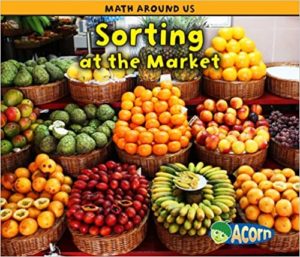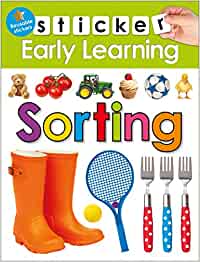At CEFA, we teach children attributes as part of our STEM program. One of the ways we do this is by using a variety of sorting games. Each game will teach your child to sort using different attributes.
Sorting is a foundational math skill and is very important to learn, as it helps children describe things and then compare, using attributes (like colour, size, shape, etc.). Games can progress and become more and more complex as children gain sorting skills, and are more descriptive in their attributes.
These games help children sort, classify and order objects by size, shape, colour and other attributes. Sorting games are great activities that your child can play on their own, and can be made with practically anything around the house.
Learning opportunities
Children will learn STEM, especially in the area of mathematics. While you play with your child, encourage your child to describe why they are sorting the objects in that specific manner (i.e. by colour, by type, etc.). You can also invite your child to sort using different attributes during play, or simply by setting up the objects differently (find examples below). In this game, the greatest learning opportunities are in reasoning (which objects go where and why) and use of mathematical vocabulary. This activity also encourages your child to focus and stay on one task (increases attention span) which contributes to your child’s social and emotional development.
A word of caution
Make sure you always supervise your child during sorting activities as it can be a choking hazard, depending on the objects you use for sorting. Plus, at this age, children must always be supervised.
Ideas for sorting games
How to set up your sorting game:
- Put all objects to be sorted in a container or tray.
- Provide a muffin tin, glasses or plastic cups, etc. for your child to begin sorting.
- Begin with two or three colours if your child is very young, and add complexity as your child gains skills.
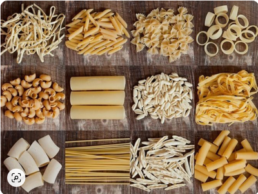
Sorting by type
CEFA Tip: Use pasta or other food you have around the house. You can sort by type by sorting the contents of your fridge or simply sorting fruits and vegetables. With older children, you can sort by proteins, carbs and vegetables. The possibilities are endless!
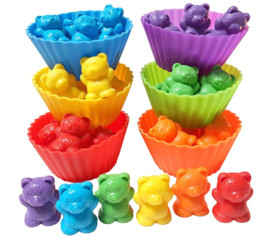
Sorting by colour
CEFA Tip: Use toys you have around the house that you can sort by colour. You can also try fruit, beads, Froot Loops, etc.
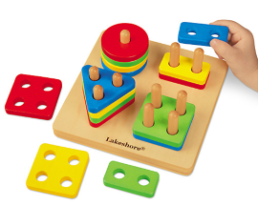
Sorting by shapes
CEFA Tip: You can cut your own shapes using paper, felt, construction paper or anything you want. Alternatively, you can print out shapes from the internet and then cut them for your children to sort. If your child can cut them, even better!
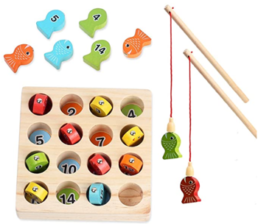
Sorting by numbers
CEFA Tip: You can easily make a game like this at home using sticks, dental floss, magnets, paper “fish” and paper clips.
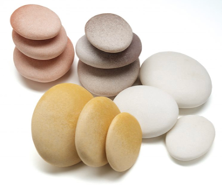
Sorting by size
CEFA Tip: You can sort anything by size! Try with pebbles from your neighbourhood, shells from the beach, toys, the family’s shoes, anything! Children can also line up items from smallest to largest to make it a little harder.
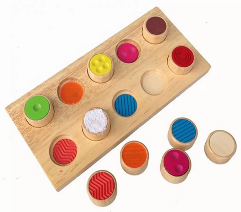
Sorting by texture
CEFA Tip: You don’t need a fancy toy for this, simply play with your child in their room, sorting their toys by texture (soft and cuddly, rough, smooth but hard, etc.).

Sorting by scent
CEFA Tip: Use 5 or 6 different spices and put in spice jars or baby food jars. Make 3 or 4 jars of each scent and have your children sort all the jars by scent. You don’t need to use a lot in each jar, just enough to be able to smell it. If your child is able, opening and closing the jar to smell it is an excellent fine motor skill that will enhance this mathematics game!
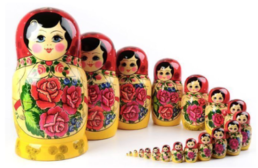
Sorting by height
CEFA Tip: All you need for this one is anything you find at home, including your family members! Use mathematical vocabulary such as:
- Short
- Tall
- Shortest
- Tallest
- Taller than
- Shorter than, etc.
Sorting books you might like
In order to truly understand these concepts, it is always best for your children to have as many hands-on activities and manipulatives as possible. For sorting, an activity that they can touch, feel and play with is so much better than a worksheet or book. If your child has a passion for sorting or if you need an activity that is educational but does not require as much supervision, then books and workbooks can be fun! Plus, it really depends on your child. Some children love working on workbooks (I was one of them) and can find them entertaining for hours on end, while others prefer tangible objects. Whatever your child’s preference may be, make sure you always provide manipulatives (rather than workbook or activities sheets only). Trust me on this one. Below are some links where you can purchase sorting workbooks.
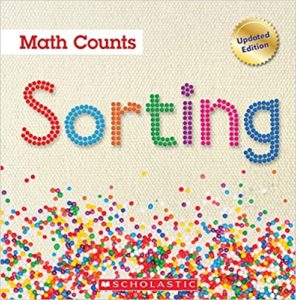
Counts Updated Henry Arthur Pluckrose
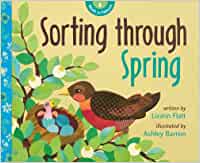
Sorting through Spring Lizann Flatt
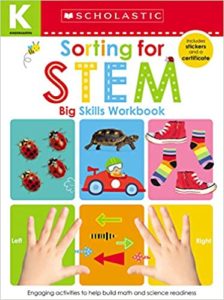
Scholastic Early Learners Kindergarten Workbook
